The post Clothing for Portraits – How to Tell your Subjects What to Wear appeared first on Digital Photography School. It was authored by Darlene Hildebrandt.

What is the best clothing for portraits? The clothes your clients or portrait subjects are wearing in their portraits can be a touchy subject to discuss with them, especially if you are just doing a portrait for them as “a friend with a good camera.” Even as pros, we have a hard time getting people to listen; they frequently show up in clothes that make us cringe and that even hurt our eyes.
This article will help you understand what to suggest your subjects wear for their portrait photoshoots. You’ll also learn how to help clients understand why your suggestions really are in their best interests so they actually listen and get it right.
Clothes make the portrait
What your subjects are wearing is just as important as all the other portrait details, such as lighting, location, and posing.
Poorly-selected clothing can really take away from an otherwise great portrait.
Here are the goals when helping your portrait subjects or clients select clothing:
- Make the people the main subjects
- Flatter the subjects and make them look their best
- Make the clothing disappear and be a non-issue
Poorly-chosen clothing, or having no discussion about clothing for portraits at all, can result in just the opposite. This is not what you want to have:
- Clothing that stands out so much you hardly even notice the people
- Arms, legs, or tummies that look less than flattered and people that are unhappy with the end results
- Clothing that gets so much attention it becomes more about the clothes than about a portrait of the people wearing them
So what is the best thing for people to wear?
I get asked for tips on clothing for portraits a lot in my portraiture classes. People hear funny things about what they should or shouldn’t wear for their portraits, and they show up in the damnedest things that sometimes make you shake your head and say, “What were they thinking?”
But people won’t know what is right (or what is best) unless you tell them. And you must help them understand why.
This is what I recommend people do for a portrait session:
- Wear solid-colored clothing
- Choose muted tones that are a bit subdued
- Choose similar tones for the top and bottom (both dark or both light)
- Choose one to three colors for your group portrait, colors with similar tones that go nicely together. Then have everyone work within that color palette. For example, a group could wear dark green, navy, and burgundy, which are all dark jewel tones. Or a group could wear tan, a lighter olive-green, and denim, all of which are lighter, softer tones.
- Choose a top with sleeves at least to the elbow
- Choose long pants for men/women or a skirt below the knee for women
- Choose dark socks and footwear (unless it’s a barefoot photo on the beach)
- Keep jewelry simple and minimalistic
- Do hair the way you’d normally do it while wearing these clothes (more on that later!)
- If people plan to get a haircut or new hairdo, make the appointment at least two weeks prior to your portrait session
(I added a few bonus pointers on hair and makeup, but they go right along with the clothing.)
Did you notice how I did not use the word “Don’t” anywhere in the list above?
There’s a reason for that.
People’s brains actually don’t register the words “Don’t,” “Not,” or “No.” So when you say them, the brain just disregards that part and registers what comes after. For example, if I say, “Do not think of a lemon,” what did you just do? Of course, you thought of a lemon. So when you are explaining clothing (or anything, for that matter) and giving suggestions on what to wear, take great care to always say what you do want.
If you tell people, “Okay, don’t wear stripes, flowers, or bright colors,” what will they remember? “I think my photographer said something about stripes and bright colors, so that’s what I’ll wear.”
Your subjects also probably heard somewhere that, for photography, you need to put your makeup on extra dark and heavy. Even people that normally wear no makeup or very little makeup can show up to a photoshoot with black eyeliner and raccoon eyes.
(I know because this has happened to me when I didn’t discuss makeup with my subjects ahead of time. And if it does happen, your subject will hate their photos because they won’t look like them. They likely won’t say anything; they just won’t pick any photos and you’ll think they didn’t like your work.)
It is your job as the photographer, even if you are just doing it for fun and for friends, to help people look their best in the portrait you take. So let’s look at the points above and how you should explain portrait clothing to your subjects so they get on board!
I actually had a hard time coming up with examples of what not to wear for portraits. I’ve been doing this for so long that I don’t have any subjects that come unprepared. So I’ve found a couple of group images just so you can see the difference clothing makes.
The image below is from a wedding, so the subjects weren’t all planning on having this group portrait done. But it shows what happens when the clothes have not been planned. There are multiple colors, some dark and some light. We have a few bright patterns and a short skirt. We have a lot of short sleeves (it was a hot day) and some white shoes. Can you see how all of those things make an impact? Overall, the effect actually isn’t that bad, and I’ve seen a lot worse. But let’s see what a little refinement can do to help.


Examples of clothing that is working
The family shown below chose all black and denim, and for the most part, it is working really well. I’d only suggest that the mother wear longer sleeves. Notice how much attention her arms get? For her, it’s fine, but for someone self-conscious about their arms or their weight, short sleeves will make their arms look larger.

In the image below, everyone is in black except for the baby. Babies are always tough, because finding plain colors or black for a baby is almost impossible.
Notice two things here:
- The baby stands out the most. In this case, it’s fine, because she’s the smallest and you want to see her.
- If there had been an adult in the light outfit, would it work as well? I doubt it; the person would stand out and look larger. No one likes to look bigger! Trust me.

The image below shows my sister’s family, so they’ve been well-trained on what to wear.
Once again, dark tones have been selected: grays, deep purple, and navy. Those all work well with jeans. Can you see the difference between me wearing long sleeves (left) and my sister wearing short sleeves (upper right)? What does it do to the bare arms? How do they look compared to mine?

How to get subjects to agree and follow your suggestions
The key to explaining all this and getting people to agree and go along with your suggestions is in how you tell them. If you just list off all this stuff, it can seem a bit pushy, like you’re telling them what to do. Most people assume they know how to dress; giving them a list could make them feel a tad insulted, so they get defensive rather than listen to your suggestions.
Photography is part technical stuff, part artistic stuff, and part psychology!
Let’s look at my recommended list again, but this time add in the why. By stressing the benefits to your subjects, they will get it in a big way.
As I said:
I’ve had very few subjects that I’ve photographed in the last ten years who showed up in poor clothing – simply because I’ve prepped them so well. They know that, if they want to look their best, they must follow these guidelines:
- Wear solid-colored clothing so that we see all of your faces and no individual stands out. If you wear stripes or flowers, you will stand out from the rest of your group.
- Choose muted tones that are a bit subdued so that you are the subject, not your clothes, and so you don’t stand out from the group. Bright colors project (especially reds, oranges, and yellows), which makes you look larger.
- Choose similar tones for the top and bottom (both dark or both light). A white top and dark pants will make your top look bigger. White pants and a dark top will make your butt look bigger.
- Choose one to three colors for your group portrait, colors with similar tones that go nicely together. Then have everyone work within that color palette. For example, a group could wear dark green, navy, and burgundy, which are all dark jewel tones. Or a group could wear tan, a lighter olive green, and denim, all of which are lighter, softer tones. This is so we see people first and your portrait looks stunning. Wedding group photos look so good because they’re all wearing the same colors and the people stand out!
- Choose a top with sleeves at least to the elbow, because your arms take up more skin area than your face and will draw attention. It may also make your arms look larger.
- Choose long pants for men/women or a skirt below the knee for women so that your legs don’t take attention from your face, and you will be able to sit and bend without showing too much leg.
- Choose dark socks and footwear (unless preparing for a barefoot photo on the beach), because white sticks out like a sore thumb and that’s all you’ll notice in your portrait.
- Keep jewelry simple and minimalistic, because too much jewelry takes attention away from your face.
- Do your hair the way you normally would while wearing your portrait clothes: No fancy updos with jeans, no ponytails with evening gowns, etc. (This is common sense, or so you’d think, but I’ve had ladies go to the hair salon and get fancy updos, then show up in jeans and a t-shirt. It simply doesn’t make sense, because you wouldn’t normally do that when putting on jeans and going to the park for a BBQ or something.) This is because your portrait will be more timeless and represent more closely who you are, not just what you look like.
- If you plan to get a haircut or new hairdo, make the appointment at least two weeks prior to your portrait session. Fresh haircuts rarely look their best the same day or the next day. Ladies need time to practice working their hair; men need it to grow out just a little. Allow some time to live with your new look before your portrait session.
See a common thread in my notes above? Most people have the same fears about being photographed – yes, fears! Being photographed is right up there on the fear list, next to public speaking and going to the dentist. I kid you not!
People’s fears are about looking stupid, not knowing how to stand or pose, and looking fat or old. So if you can help them see that these clothing tips will allow them to eliminate at least one of their fears before you even start, then you just have to deal with all the rest later!
Most of these clothing suggestions have to do with helping subjects look slimmer and not stand out. How to stand and pose to minimize weight issues is another question entirely.
Putting it all together
You may notice that most of the “good” examples here are wearing dark colors.
That’s pretty common, as most people have heard that dark colors or black makes you look slimmer. To some degree, that’s true. But light colors can work, too.
In fact, if everyone in the group dresses similarly, then the one person in dark clothes would stand out. Little kids in denim and white tops with bare feet are super cute, as are little girls in white sundresses.
So don’t be afraid of other colors or tones. Just keep them similar. Some of my largest extended family groups that have done the best went so far as to put each family unit in their own color scheme (one in browns, one in greens, etc.), with the mother and father in another color scheme – all with dark jeans. I’ve also had some ladies buy everyone a matching shirt.
The thing is:
Once you get your subjects on board and understanding the logic behind portrait clothing choices – the “why” – they will go to great lengths to make it work, because they know it’s for their benefit!

Clothing for portraits: action plan
If all this portrait clothing advice sounds like a lot and is overwhelming, feel free to copy my list and make a little sheet to hand out to people. Just make sure you add the benefits, as shown in my second list!
The post Clothing for Portraits – How to Tell your Subjects What to Wear appeared first on Digital Photography School. It was authored by Darlene Hildebrandt.










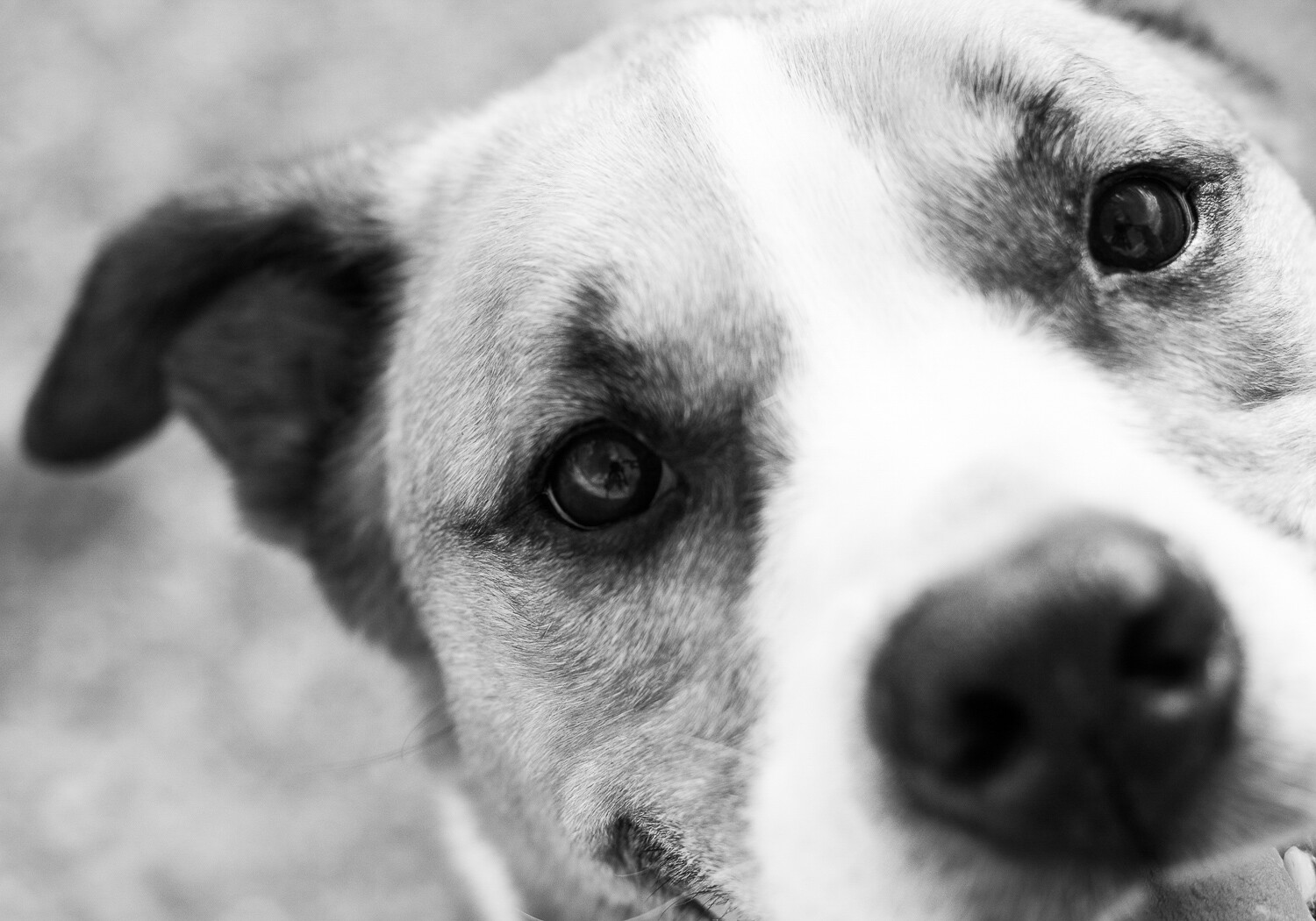




































































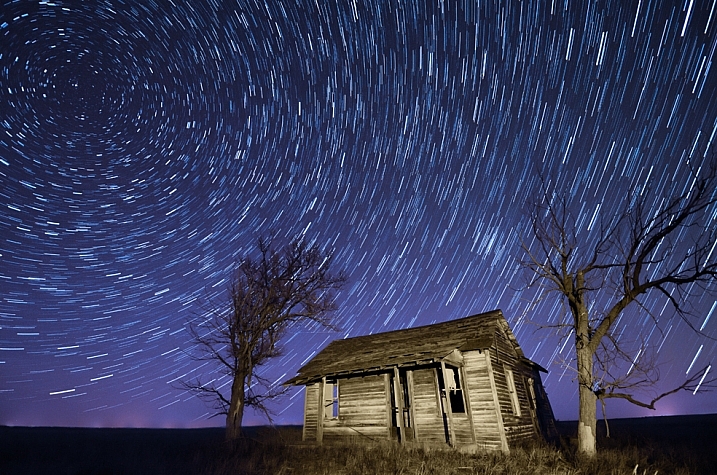
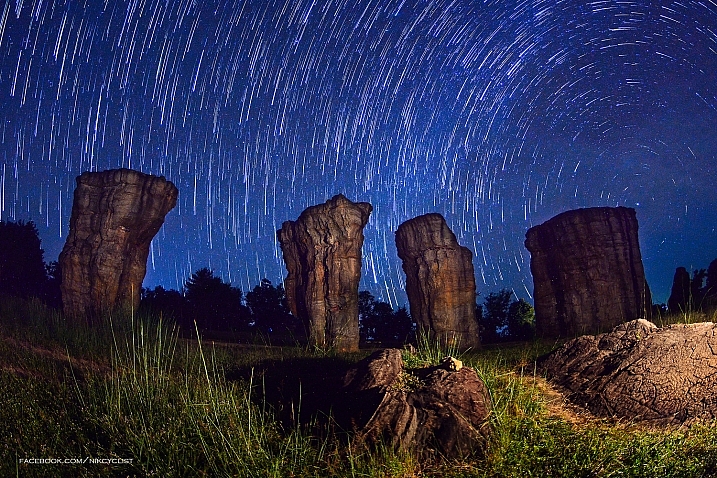


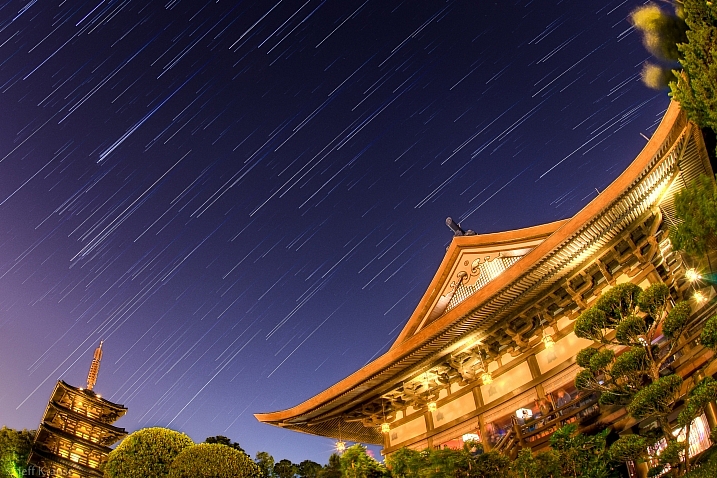
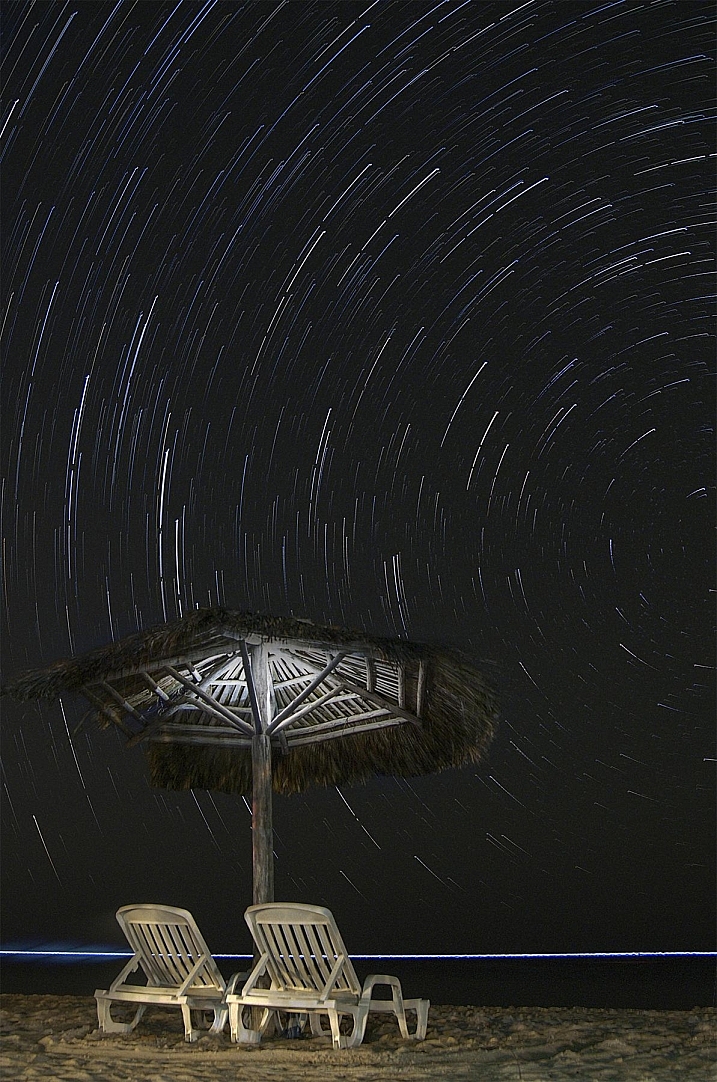
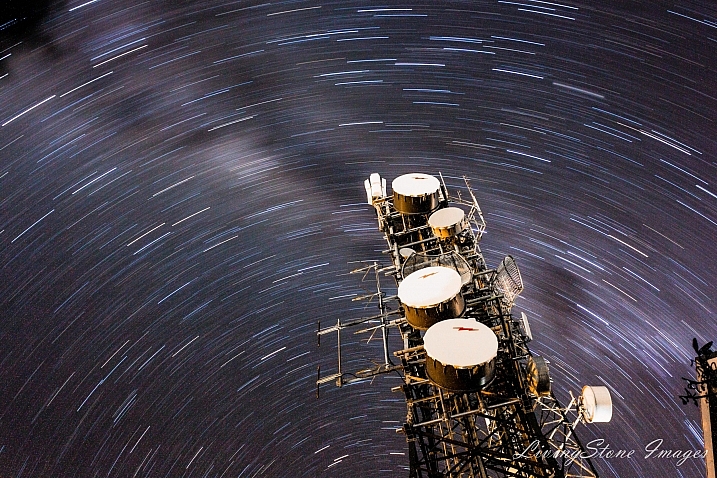
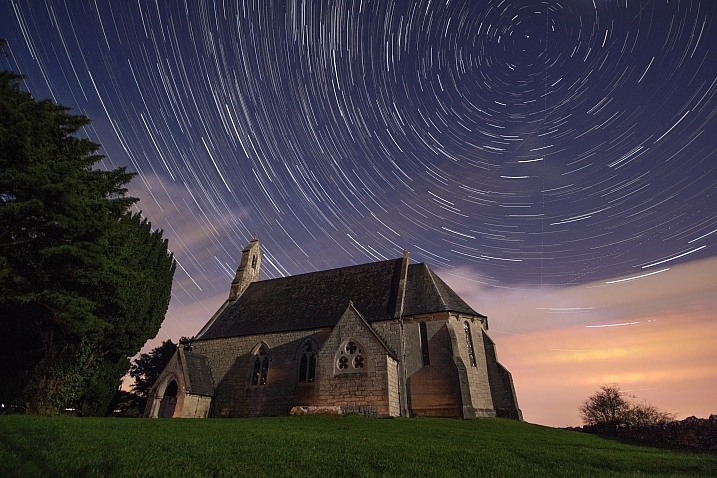
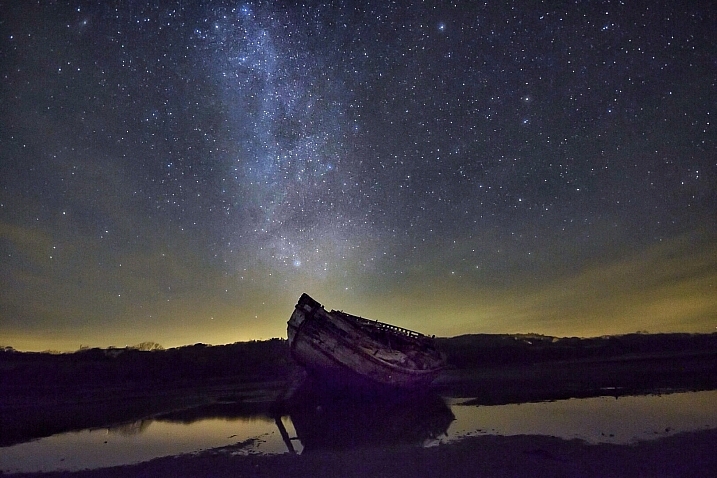
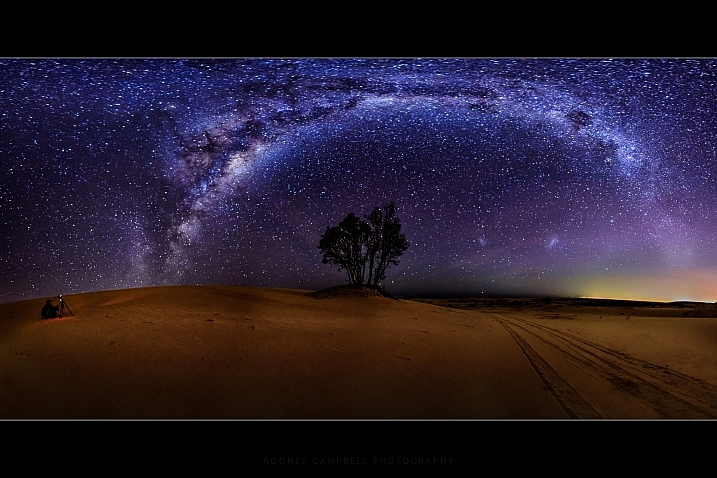
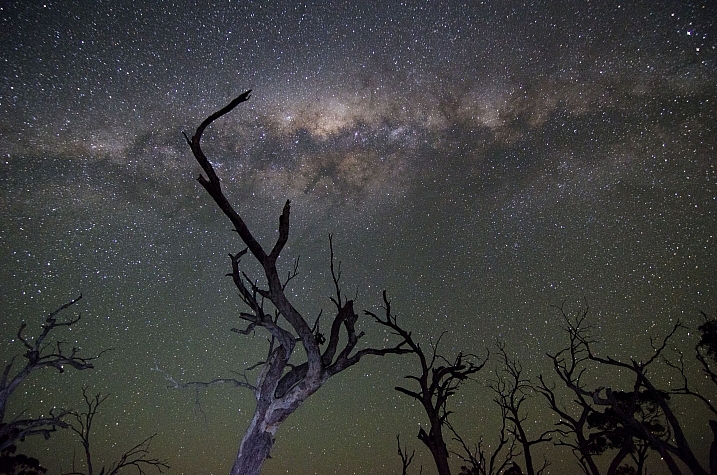
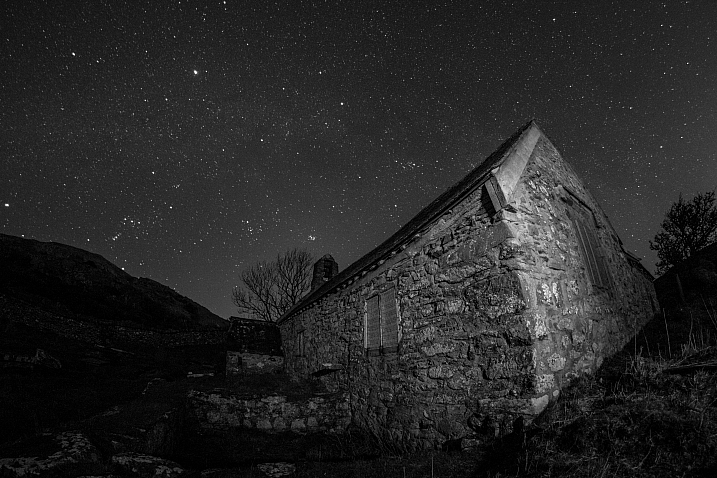
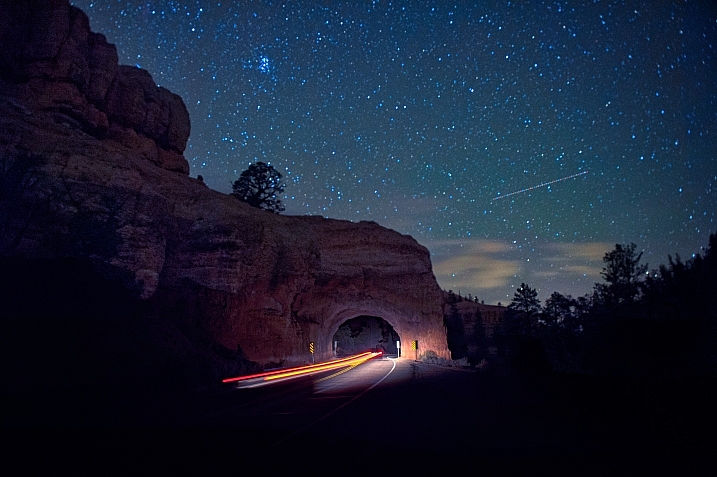

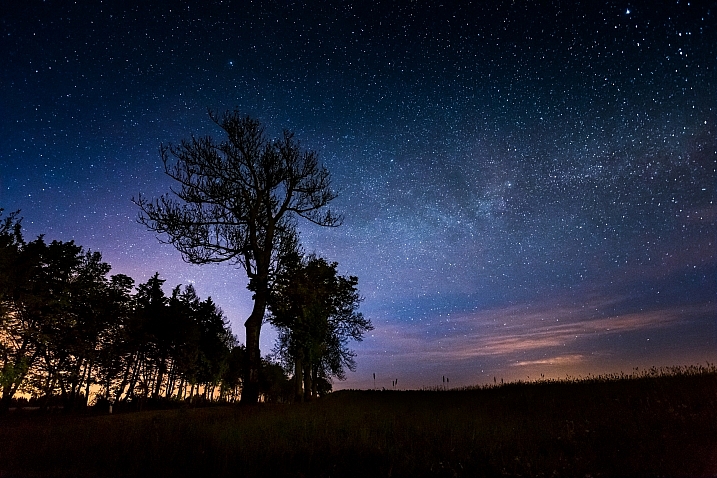
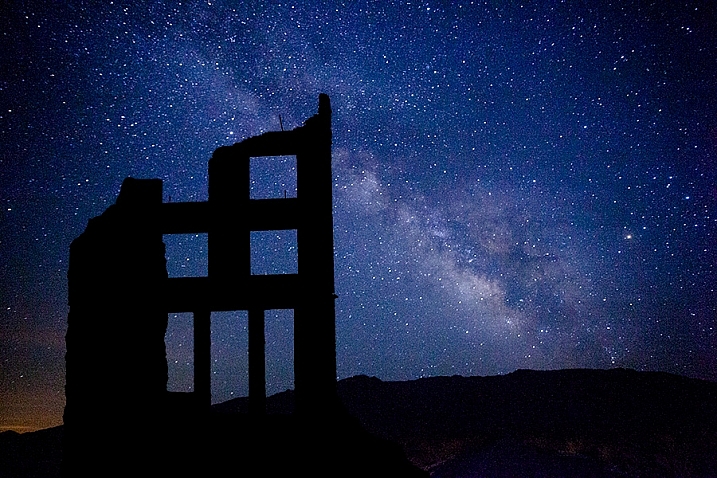
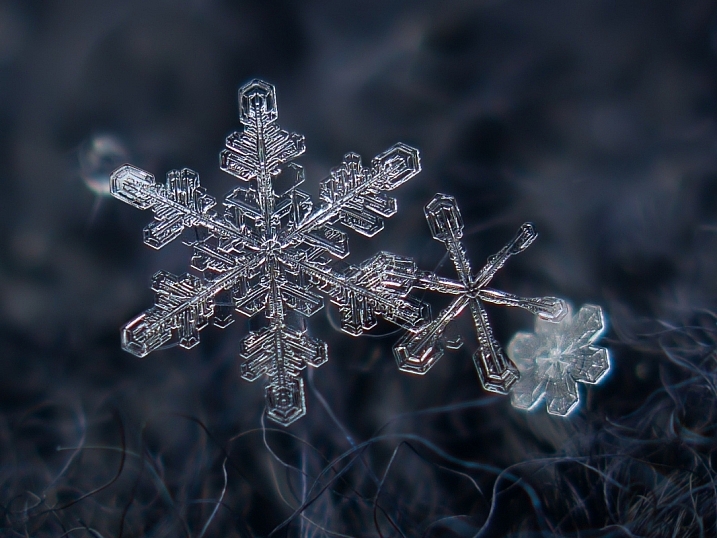

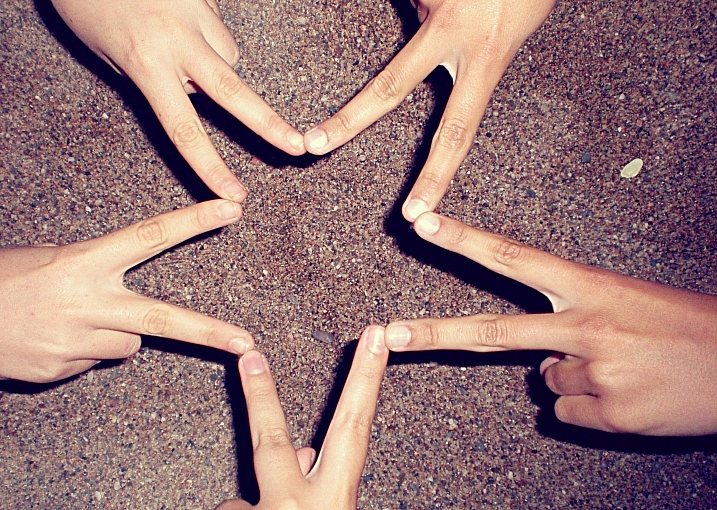
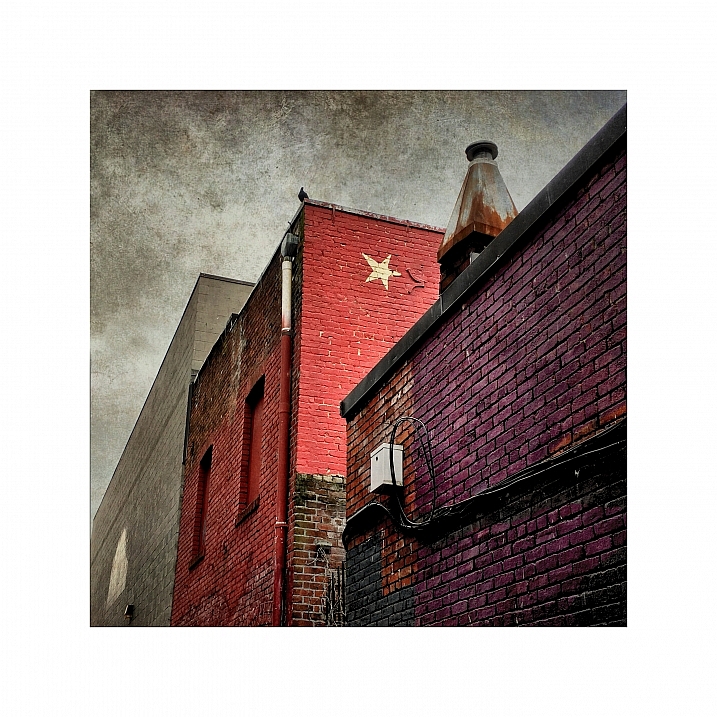

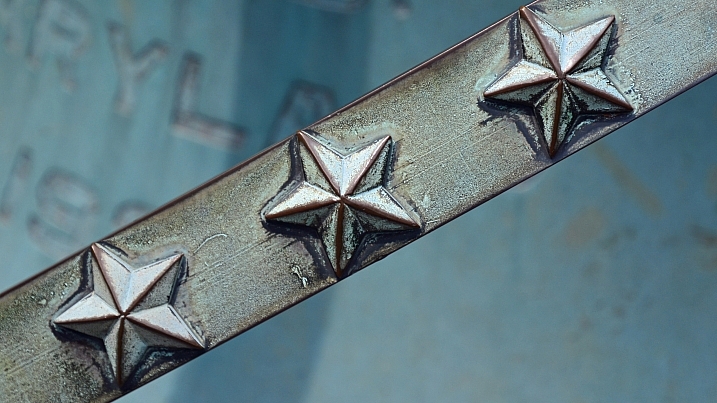
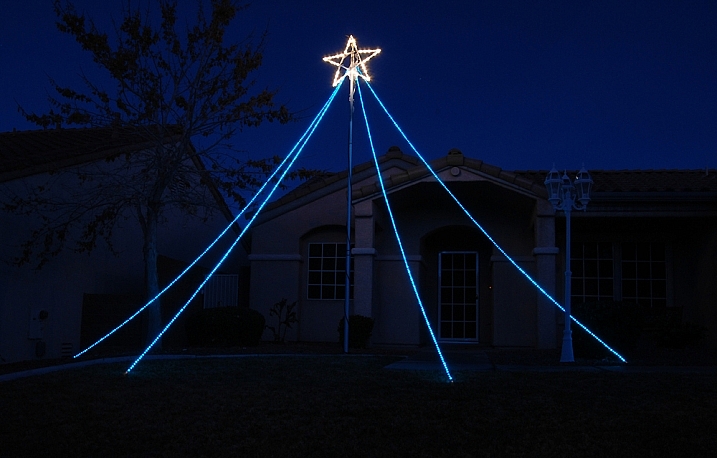
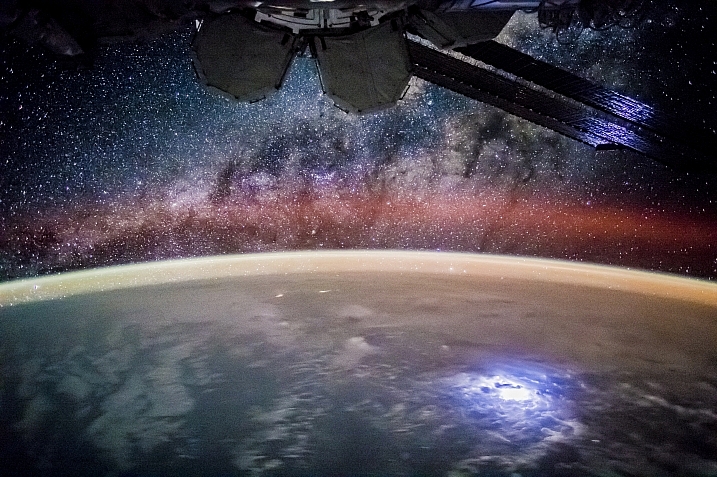
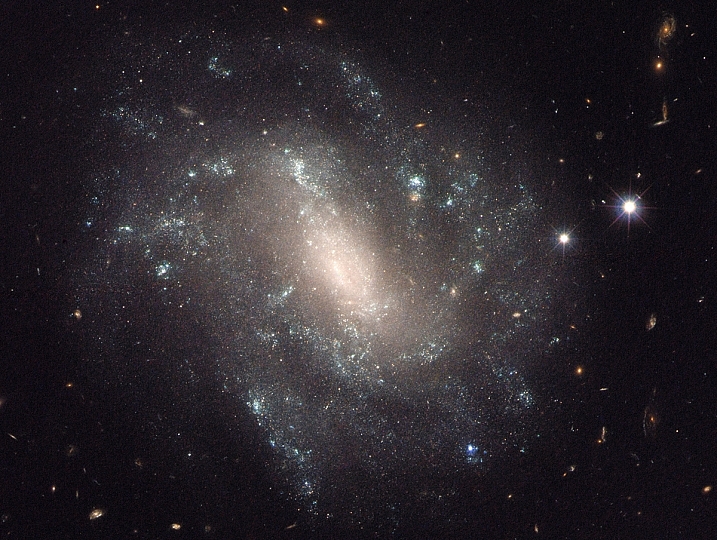

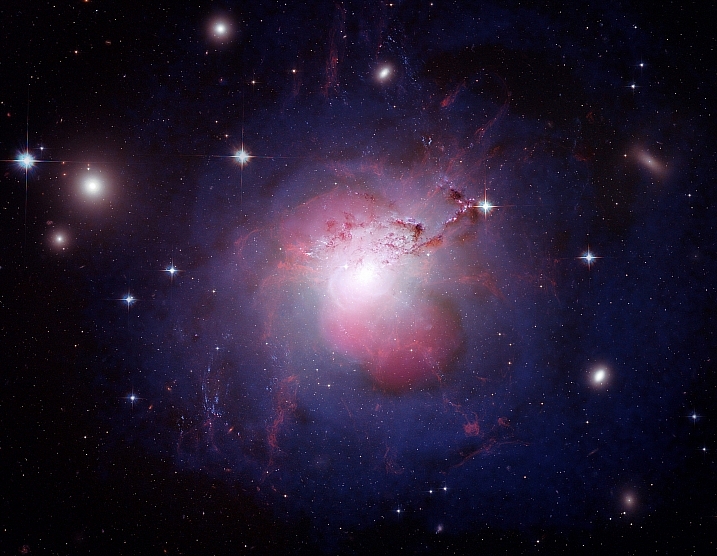
You must be logged in to post a comment.